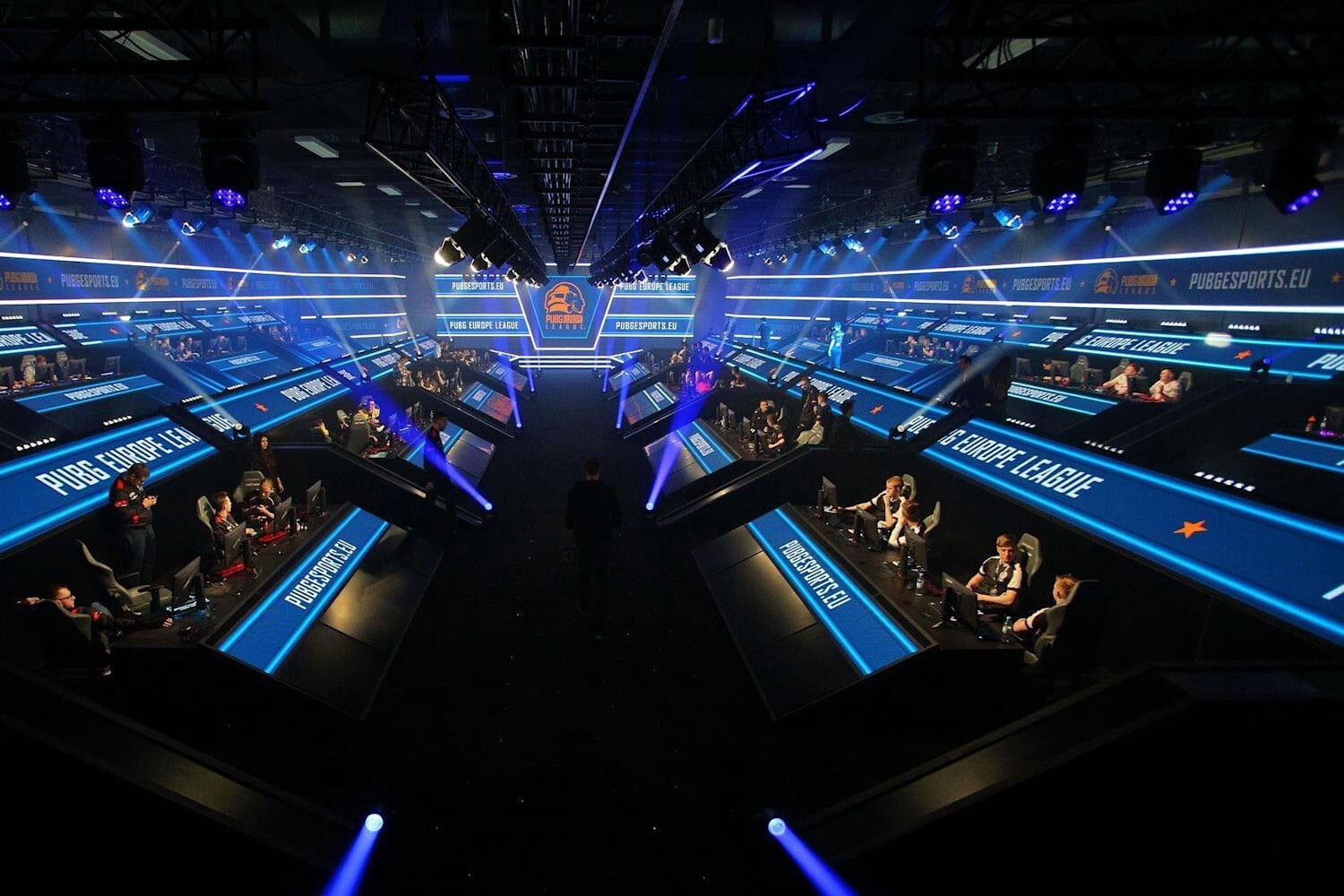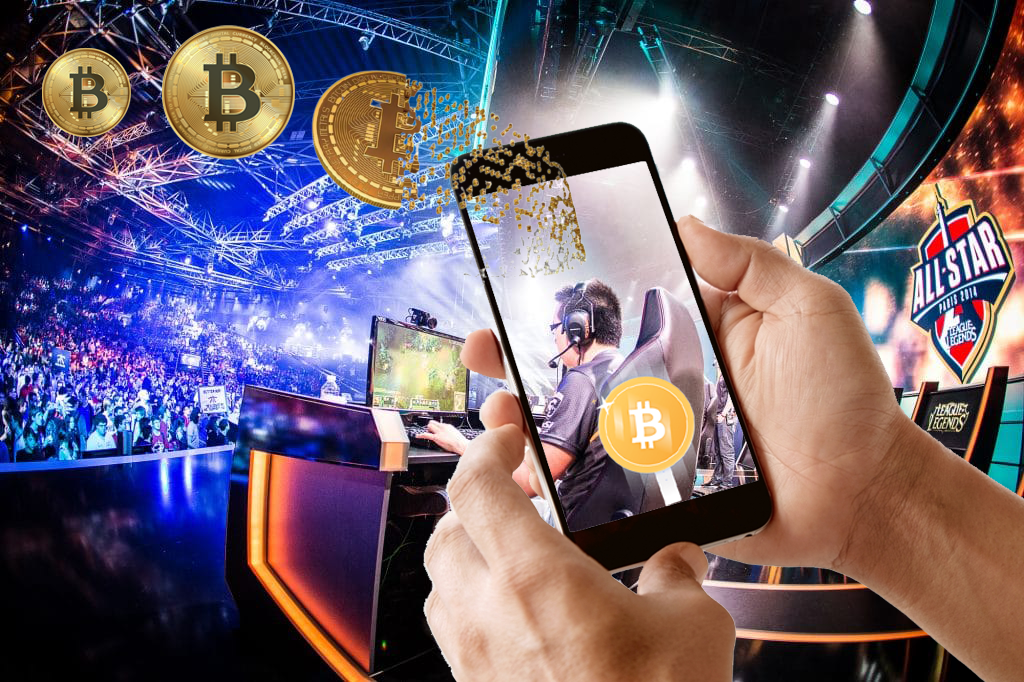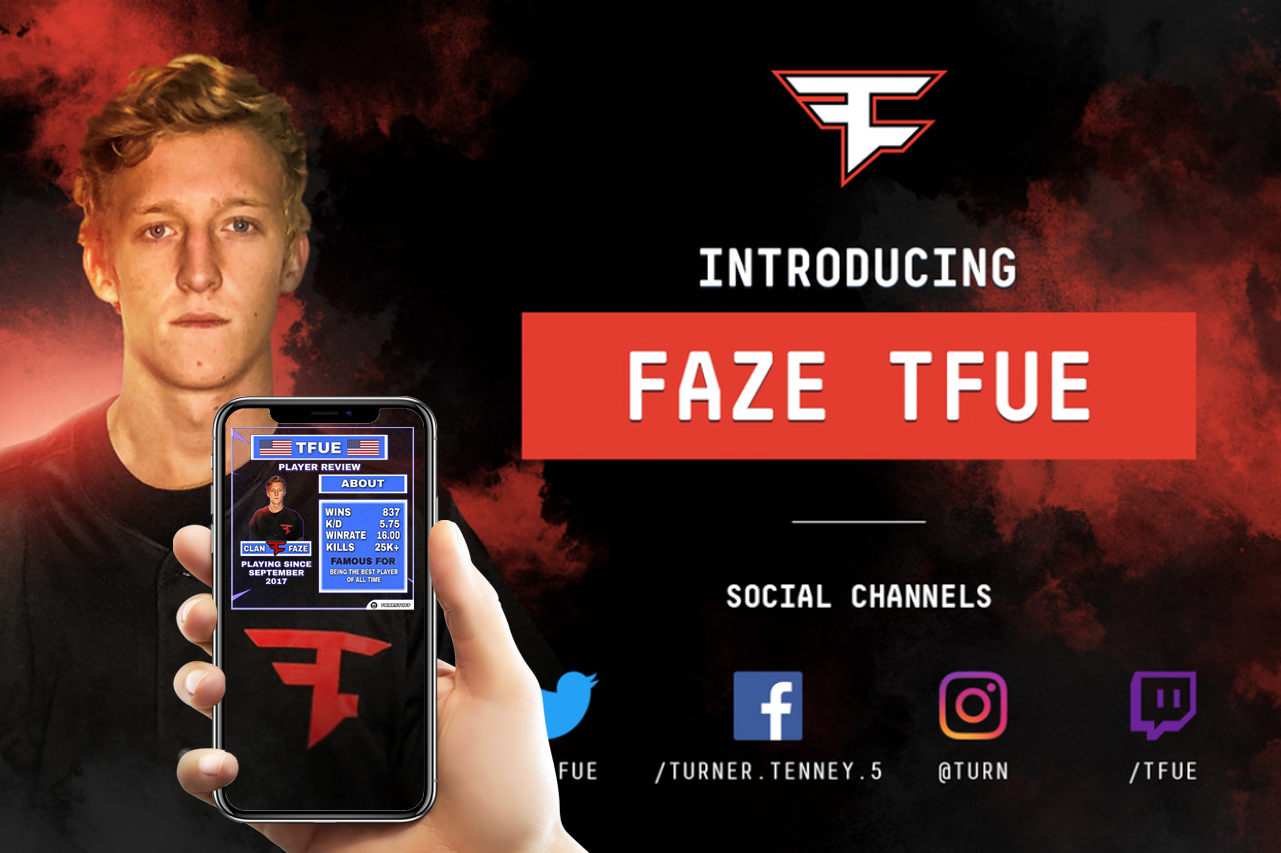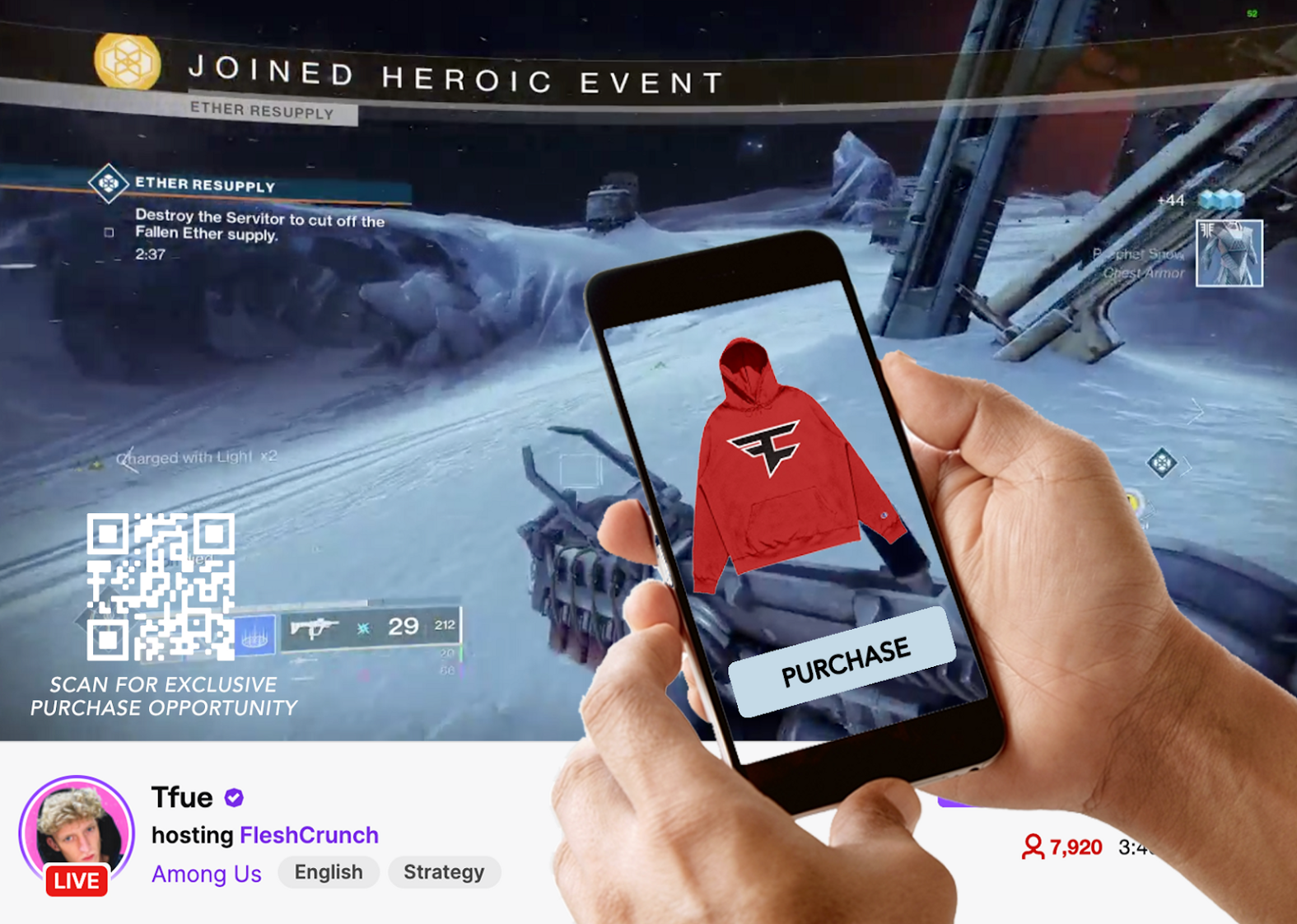Esports is organized competitive video gaming that is watched as a spectator event either live in massive arenas or online via multiple streaming platforms.
Despite remaining just outside of mainstream coverage, esports cannot be dismissed as a fringe internet phenomenon. Over the past decade, esports audiences have ballooned to nearly half a billion people worldwide. We’ve seen milestones in the industry including college scholarships for e-athletes, major tech platforms launching esports streaming services, and packed-out arenas for what are now well-established annual events, like the League of Legends World Championship. Even members of the US Congress are now reaching out to their constituents via gaming.

As audiences have adjusted to spending more time at home due to COVID-19, the ecosystem has only grown. In May alone, Twitch logged over 1.7 billion hours of total streaming time, almost double the total number of hours streamed in Dec 2019 (IDC). It’s not surprising then, that entire auxiliary economies have popped up around esports streaming, some of the most booming include betting markets and digital merch.
As marketers strategize on the best way to enter a conversation with this highly discerning audience, we see a key opportunity with WebAR. It’s an interactive solution that can be activated at any point mid-stream to connect with fans, gamers and gamblers who’s day-to-day revolves around the non-physical reality of esports. It’s a hugely untapped market for esports betting and entertainment with nearly limitless ways to interact and transact.
After a deep dive into some of the most prominent players in the esports market such as Activision Blizzard, Valve Corporation, Tencent Holding Limited, EA, Gameloft SE, Nintendo of America Inc and NVIDIA, we’ve landed on three ways that that web-based Augmented Reality can be leveraged for organic growth hacking with this digitally savvy audience:
Over the past decade, esports audiences have ballooned to nearly half a billion people worldwide.

Gambling
Memorabilia is a part of a worldwide sports collectible market that totaled more than $370 billion in 2016. Merch, physical and digital assets are all game in the esports world. As smart contracts and blockchain technology becomes widely adopted, tracking originality, ownership, uniqueness and scarcity contribute to the growth and visibility of this rapidly evolving space.
Today, League of Legends (LoL), Counter-Strike: Global Offensive (CS:GO) and Dota 2 represent around 95% of all esports betting activity (the game haus), attracting even more traditional sports bettors in 2020 as stadiums close.
There are seemingly infinite ways that esports gambling is conducted, from simply placing a bet on the winning team and player performance to more complex methods of gambling with digital “skins” — cosmetic overlays that change the appearance of a player’s in-game avatar or equipment.
Each of these activities is gamified, and interactive. The user journey already includes an online interaction through a user portal — so why not make this process even more frictionless, fun and profitable?
With WebAR, gamblers can launch directly into the betting experience through a URL for browser based augmented reality. It’s possible to integrate cryptocurrency powered gambling experiences, visual and interactive content for wagering and visualizing statistics, and social media sharing — all from a one-touch access point.
Goods
Memorabilia is a part of a worldwide sports collectible market that totaled more than $370 billion in 2016. Merch, physical and digital assets are all game in the esports world. As smart contracts and blockchain technology becomes widely adopted, tracking originality, ownership, uniqueness and scarcity contribute to the growth and visibility of this rapidly evolving space.

While it’s a given that at live events fans will buy physical goods, this is a largely untapped market of virtual goods that can be brought to fans for purchasing, collecting and exchanging.
WebAR creates a new channel to bring digital content to life in the real world, where fans can interact and transact with virtual goods and share content on social media, creating a grassroots movement in buying, selling and sharing virtual goods.
Not to mention, physical goods are still hot products. Recently our team jumped into the Faze Clan Discord channel where nearly 70K followers actively monitor for community updates. Famed for their merch, this would be a great fan experience to drop a WebAR link into the Discord server and see the community engage with the brand, shop and share.

Games
Teams from around the globe compete in some of the most watched events that draw in even more viewers than the Super Bowl, and massive sponsorships from a range of brands such as Intel, Disney, Pepsi’s Mountain Dew, Comcast Xfinity, Mercedes-Benz, and Coca-Cola, in deals worth over $100 billion (win.gg). Professional gamers are decked out in sponsored gear and equipment, viewed by audience numbers sized to merit such investments.
Where previously giveaways, brand visibility and goods could be provided at physical venues where live tournaments took place, brands must now invest in new marketing methods to drive the same results. WebAR offers a solution to this challenge, reaching audiences at home. And while at it, why not turn a livestream into a game itself with gamified brand content?
Drop sponsored interactive games with shareable content, quizzes, points and additional perks to provide opportunities for your audience to engage and share. Our team is currently working on multiplayer WebAR games and excited to explore additional possibilities in the rapidly evolving consumer orientated spatial web.
Goals
Whether on high spec gaming laptops or mobile phones, gamers and sports bettors are some of the most active online audiences. Equally so, gamers are dedicated to their audiences, with top gamers such as Ninja, a Fortnite player, streaming up to 12 hours a day, and raking in over 500K a month from donations, subscriptions and sponsors.
Alternatively, gamers compete for cash prizes, with top players earning over 6M as they compete for the winning title, with training, salary and equipment fully backed by sponsors.
In this ecosystem that is founded on engagement, conversation and accessibility, the possibilities to explore web based augmented reality is endless. With the most receptive audience, there also comes the highest levels of expectations for digital content, and also some of the greatest loyalty to brands that support the players that fans love. If you would like to explore WebAR opportunities in esports with our team, you can reach us on LinkedIn.
Engage & Monetize Your Audience with Immersive WebAR Experiences
Be the first to try Geenee WebAR